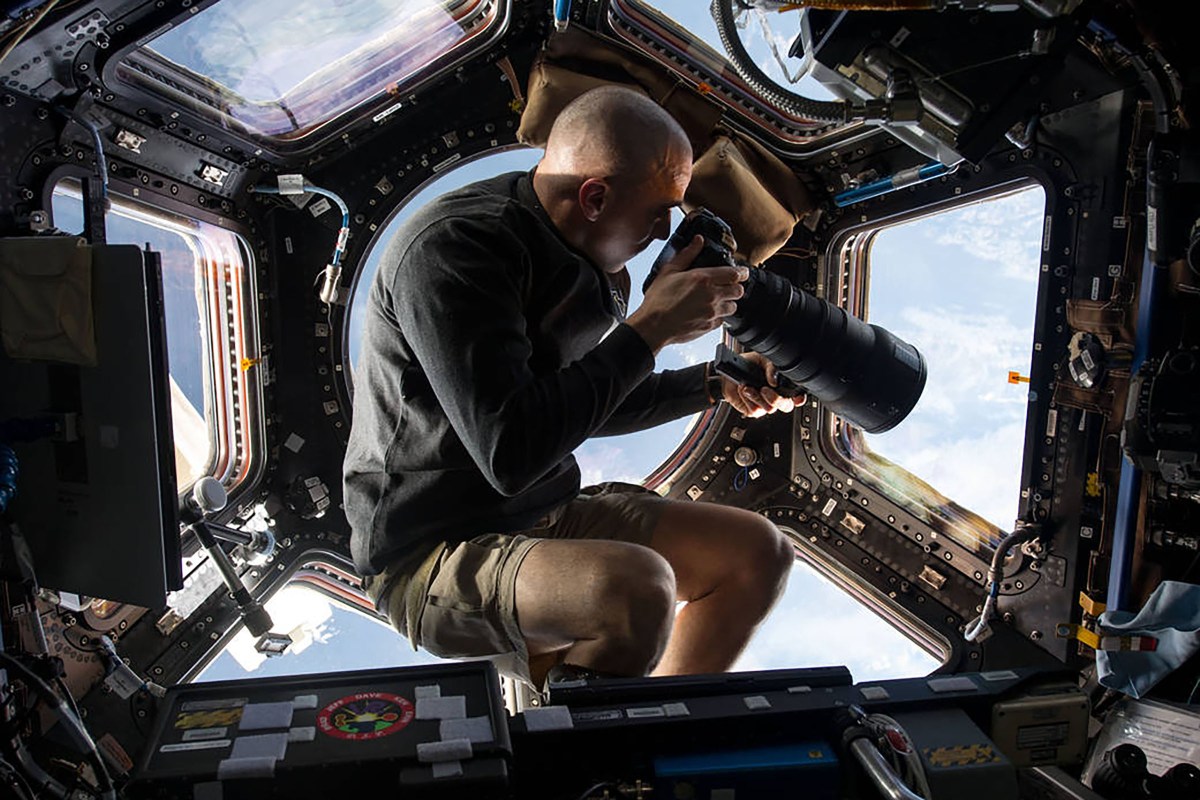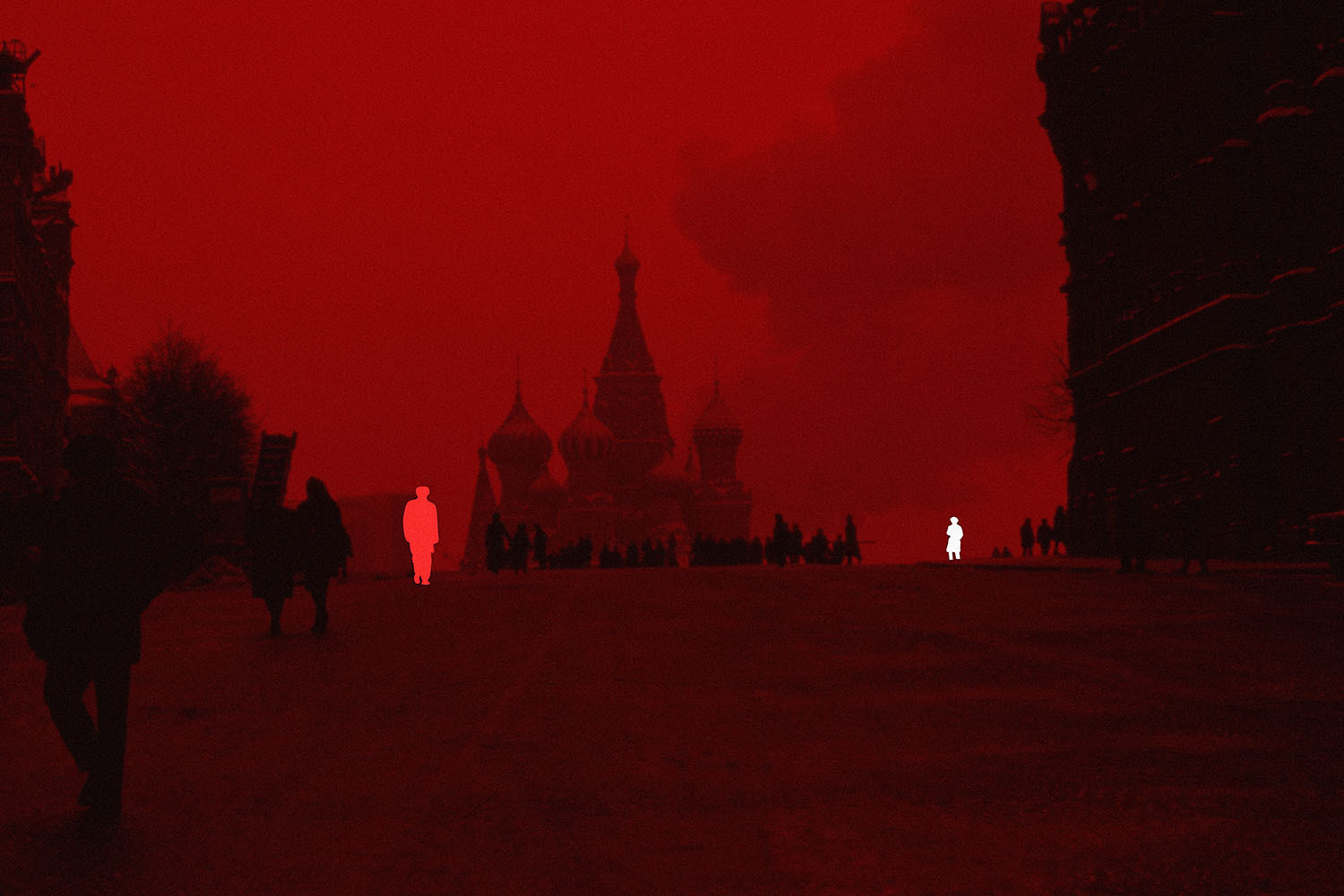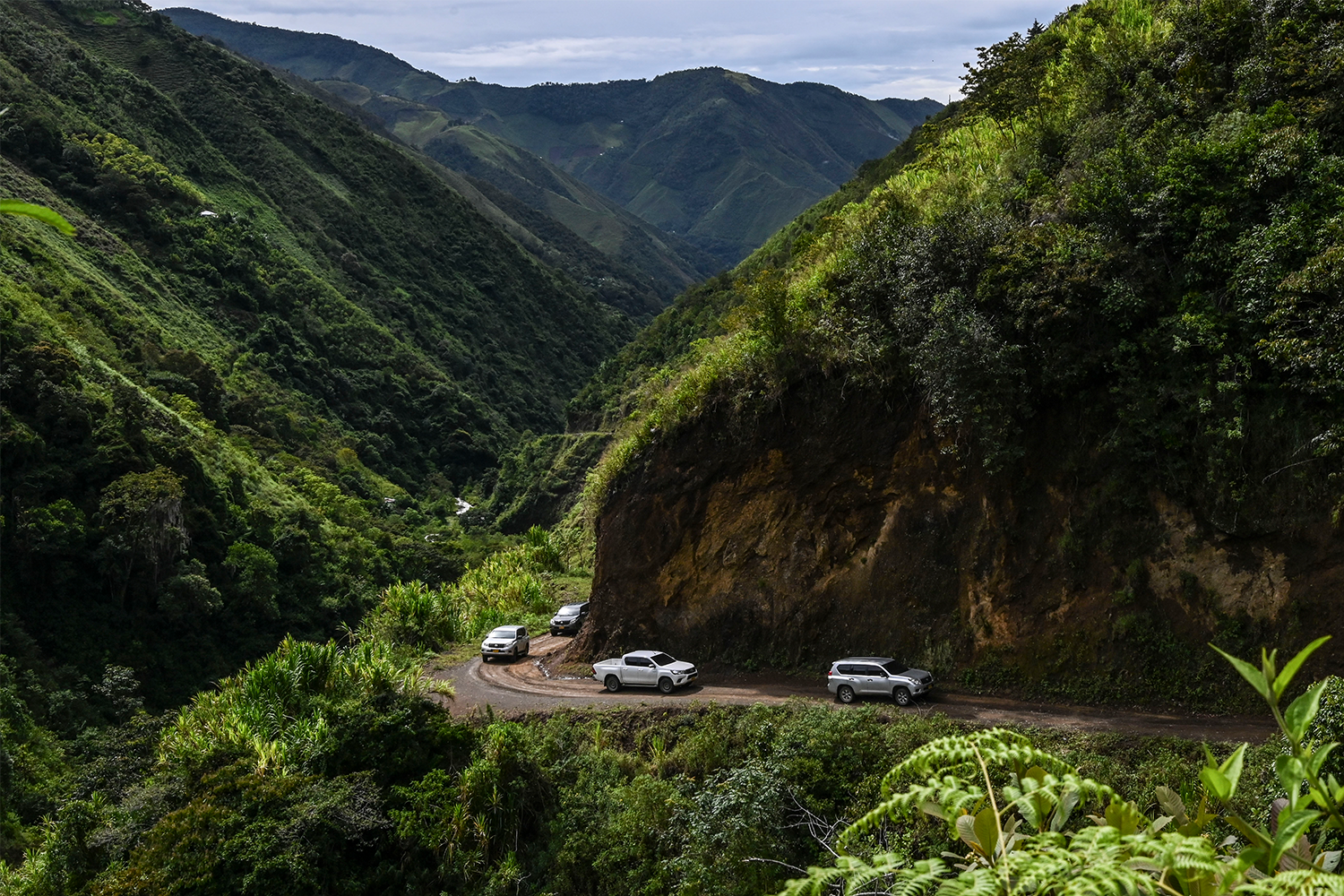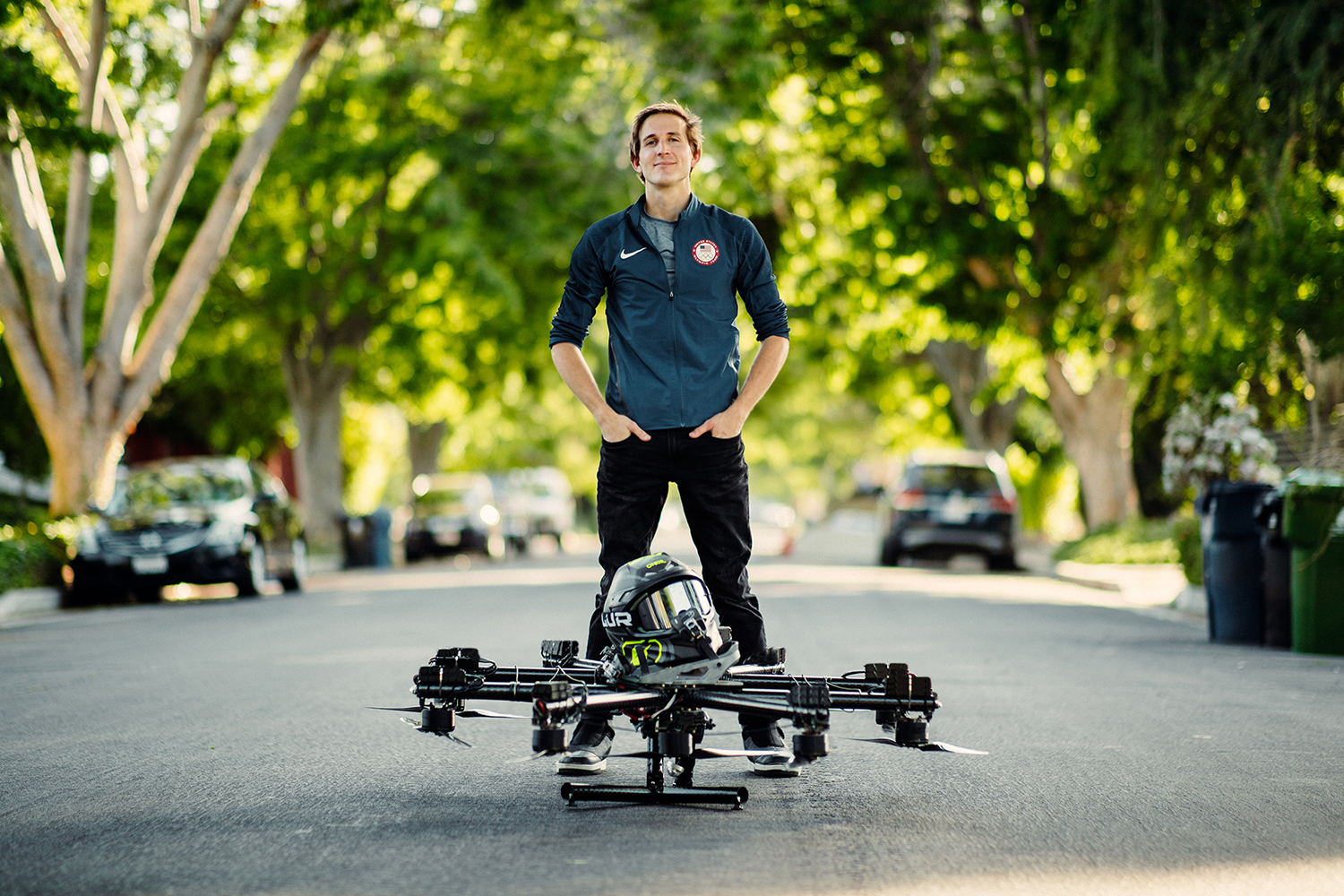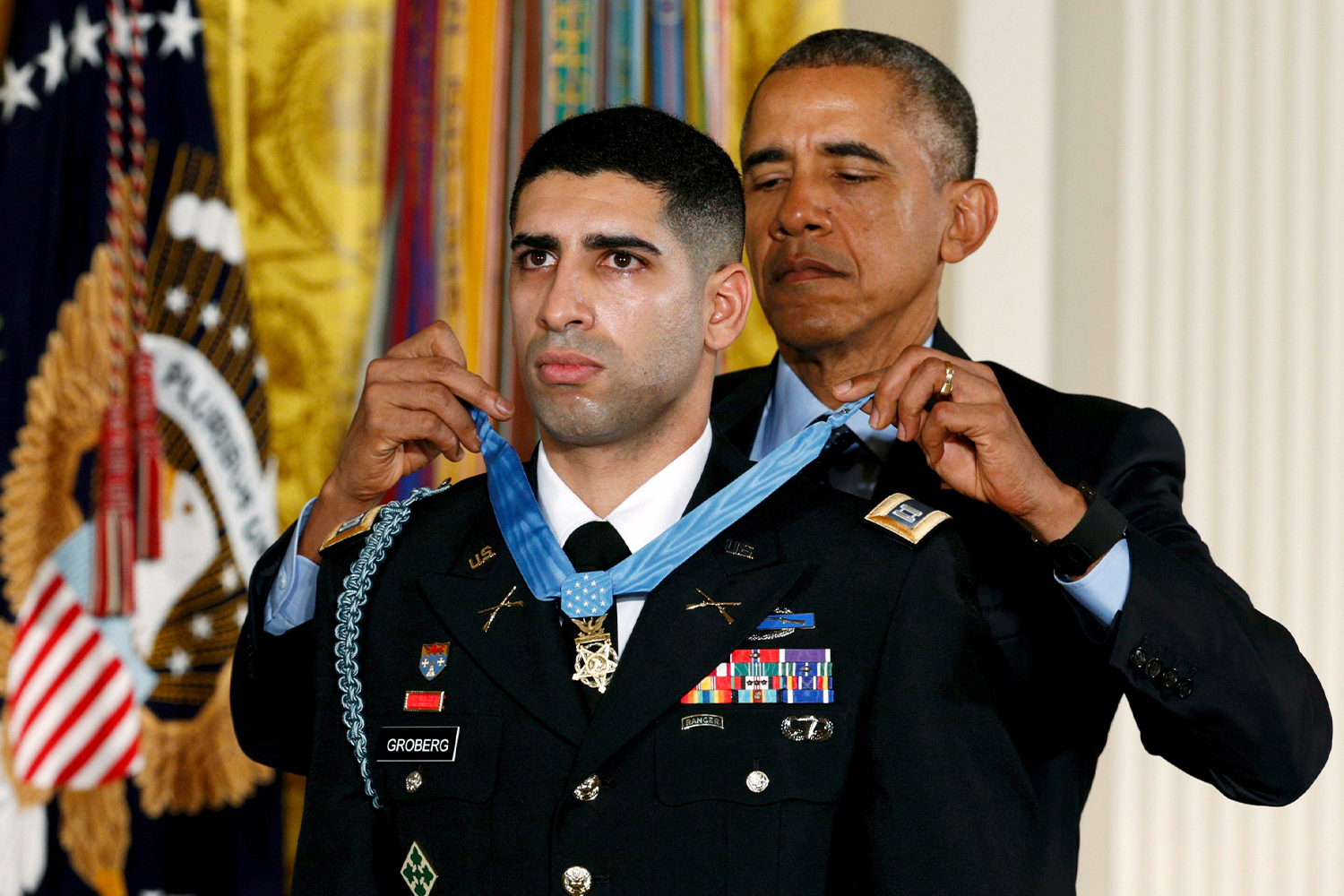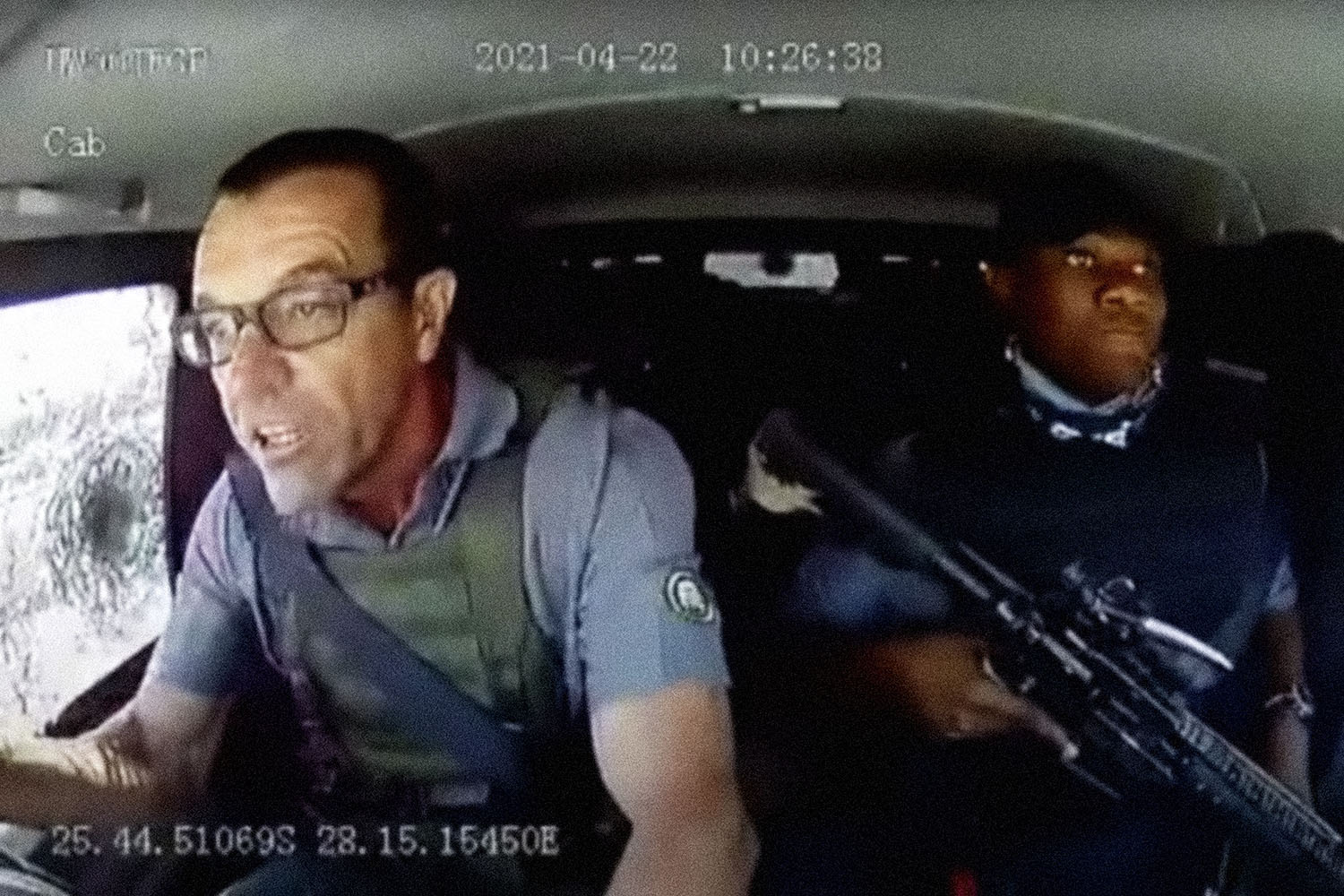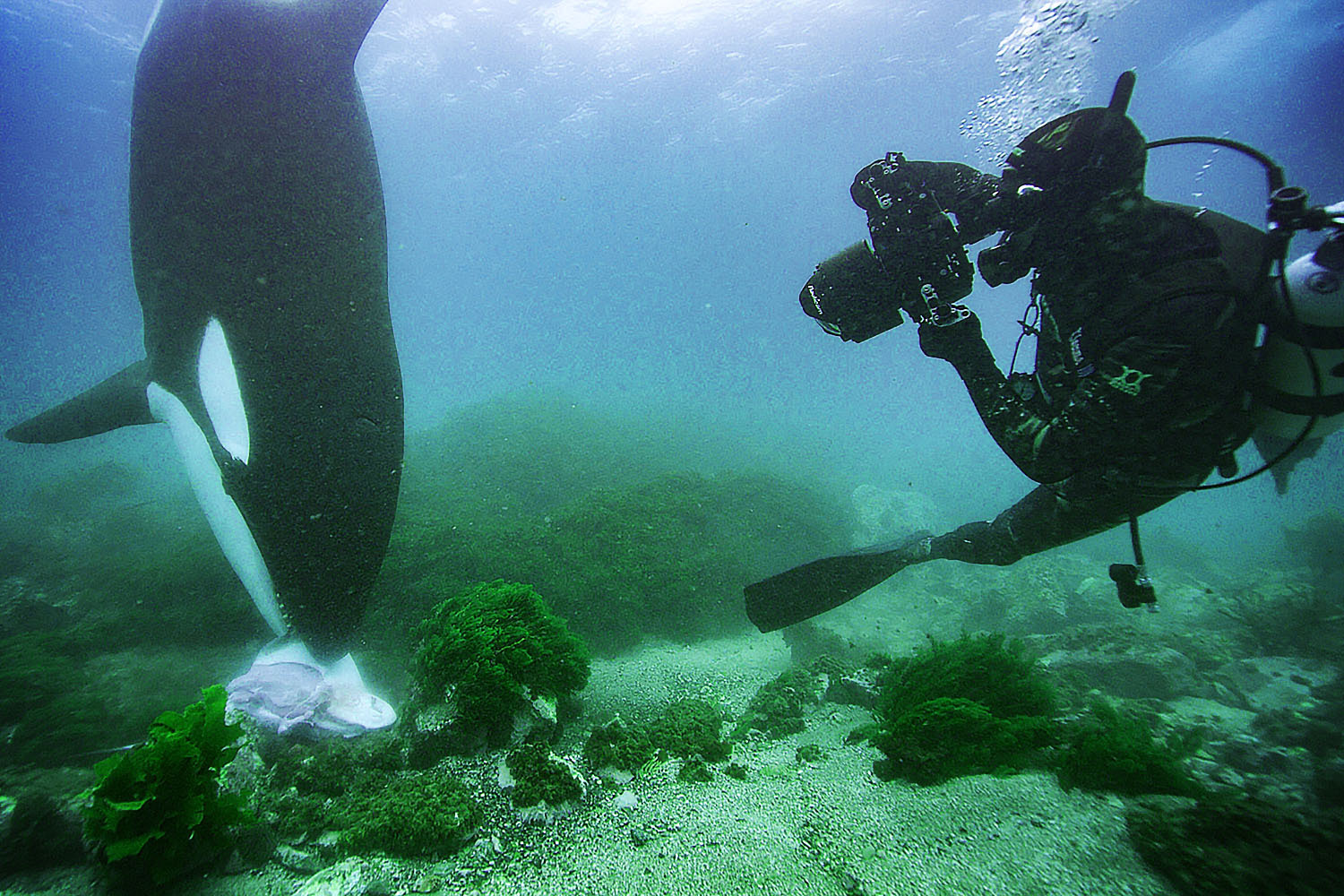Chris Cassidy is a former Navy SEAL who was selected to become a NASA astronaut in 2004. Over his career, Cassidy spent 378 days in space, did 10 space walks and worked on three missions to the International Space Station. On his final journey to space last year, he served as Commander of the ISS during Expedition 63. Below, the lone American serving on that mission shares his story; it appears as told to Charles Thorp, and has been edited and condensed for clarity.
I was not the kid with photos of rocket ships handing on my wall and glow-in-the-dark stars on my wall. I grew up playing sports before I went to the Naval Academy, and then entered the SEAL Teams. I didn’t think about going career at NASA until I met Bill Shepherd, who was the first SEAL who went into space.
I was drawn to the true adventure of it. I remember looking up what space walks were and thinking, “That looks really cool.” I didn’t know much else about the job. I had seen a few rocket launches live before, but never picture myself being in there. But I am also a very curious person, and like to know how things work. So I started going through the application process.
During my NASA selection I learned that launches are just a small fraction of an astronaut’s career. There is a lot of time you are working as an engineer, doing a very technical job. It can even be boring at times, when you are supporting other missions that are ongoing. I was lucky that I learned how to love those operational elements of the gig during my time in the SEALs. Little did I know I would actually get to spend a lot of time in space.
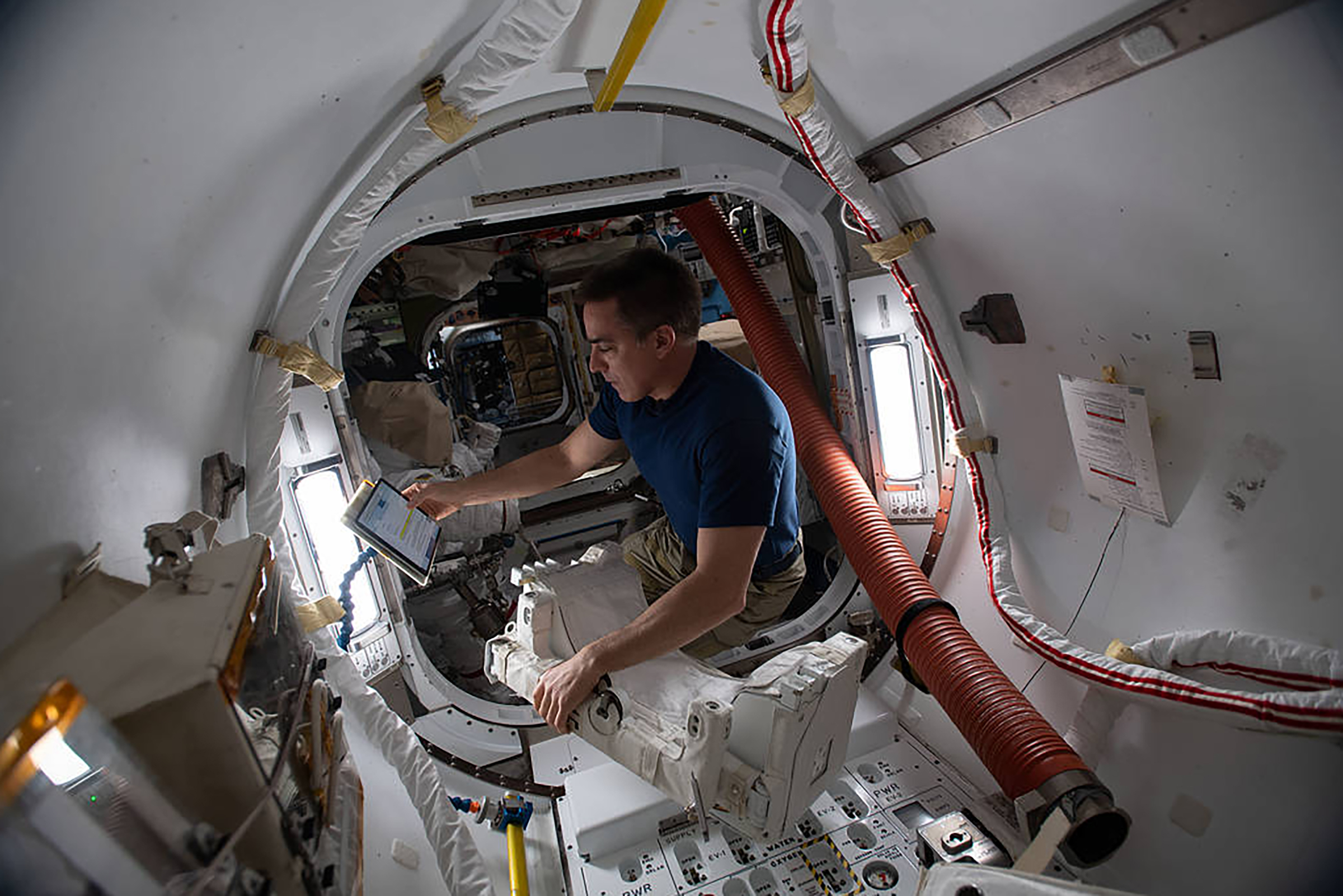
My first time to the International Space Station, or ISS, was on my first shuttle mission. That was my first launch as well, and it was scrapped five times before we finally took off. Each astronaut gets 250 tickets to give friends and family to watch the launch. By the final attempt there was probably only a handful of my guests who were actually still there.
There are a lot of things the simulator can prepare you for, but there are a few that it can’t come close to. Like the roar you feel when the engines are going off or the incredible shake you feel when one rocket stops and another goes off. There are these little kneeboards ahead of us, where I would write little notes to myself on what to prepare for, like exactly what time I should brace for a huge explosion.
I remember stepping onto the ISS that first time, and all of the nations that make up the partnership were present. Our shuttle had six Americans and one Canadian. On the space station already there were European, Russian and Japanese astronauts. So during those first few dinners on the station it was this incredible feeling of community.
Being a visitor on the ISS and being stationed there for six months, like I was on my last mission, is a completely different experience. On my first trip it was like I was visiting a rental home where I didn’t know how to turn on the air conditioner or television remote. Once you have lived there for awhile, you begin to know where all of the controls are.
My last mission I was on the ISS for six months, and due to the pandemic, it was a profoundly different experience because of how little crew we had. There were only three people. The forward part of the station is all of the U.S., European and Japanese modules. The aft part is the Russian part. Everyone lives together on Greenwich Mean Time. There is maintenance and science that needs to be done in both sides, and the respective crews take care of them.
I was the lone American up there, joined by two Russian cosmonauts, which meant there were large chunks of the day where I was completely alone. Being that there were only three of us, we would try to float to each other’s sections for coffee to say good morning, but beyond that I was in our half of the craft on my own.
I have to admit, waking up on a space station when you are by yourself can be a little eerie. Earlier in the mission or in your career, you can forget that you are even waking up in space. I remember floating out of my sleep quarters while the craft was completely pitch dark. Seeing outside, it was hard not to remember that I was floating 250 miles above the surface of the Earth, traveling five miles a second.
Fortunately we always have an unseen crew member around and that is the mission control in Houston. They are constantly keeping an eye on everything for us, and they will wake us up if any action needs to be taken right away. There is a laptop that is stationed right by where I sleep, so the first thing that I would do when I woke up is pull it over to check any messages or emails from NASA.
Before grabbing a cup of coffee I’d usually go pee, which would actually be used to make the coffee for the next day. I know it can sound a little weird, but the recycling machines that we have onboard are incredible. There is no sense that the water that we are drinking actually comes from that waste or the sweat wrung out from our tee shirts. It is actually critical to the future of space travel that we not have to store every drop of water required for a mission.
I will then have a little something to eat while I drink my coffee, while checking out the schedule for the day. The first thing that I like to do is get my exercise in. On the ISS there is one weight machine that is used by the whole crew. Each person has an hour-and-a-half workout routine that they have to do each day. Being that there were only three of us, there was a little more flexibility, but typically it is scheduled very strictly.
Once the workout was done, it is time to get into the tasks laid out by mission control. There is a computer program run by people back at headquarters where all of my tasks are laid out. There are laptops and tablets situated all over the station, which are all connected to an intranet. Some of the tasks can be completed at any time, and others are very strictly scheduled, like if they require a satellite in a certain position or are coordinated with a scientist on the ground.
On Fridays we would have dinner together as a crew, switching off at which part of the station would host. When it was my turn to host on the American side, I would prepare all of the food and all the cosmonauts had to do was show up with a spoon. The next week the tables would be turned. But most evenings I ate by myself. My favorite meals that we have on the ISS would be chicken strips and salsa or seafood gumbo, along with lots of great vegetables. I would grab a tea after dinner and float to the Russian side just for a little face time and to see how their day went.
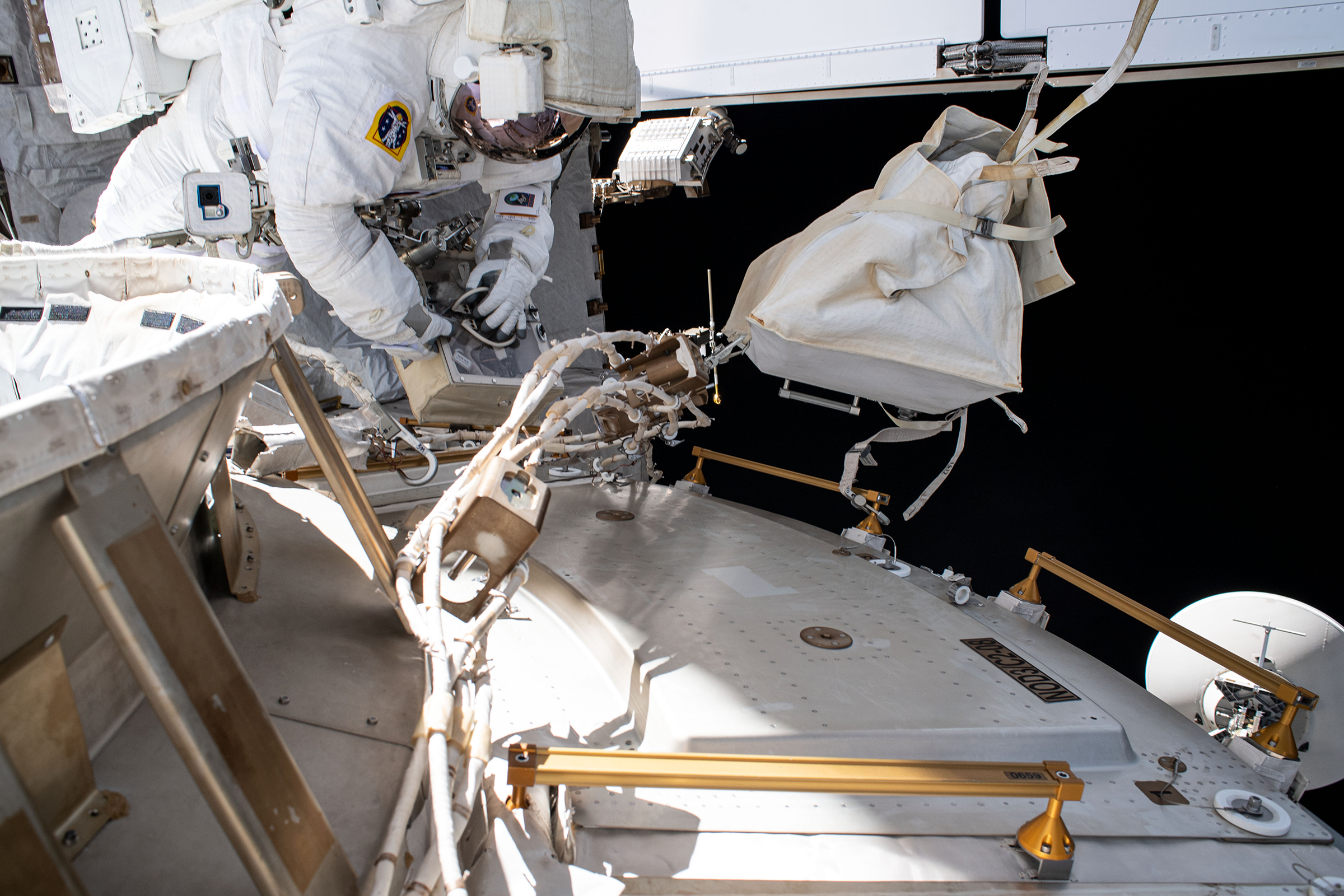
The days are typically pretty busy, but there is a little free time to decompress at the end. Saturdays are usually partial working days, where we clean up the ship, and Sundays are set aside for recovery. That time is absolutely necessary — having every moment of your day accounted for can be mentally exhausting. There is a computer that has access to the regular Internet, but I will admit it’s not at all as fast as what we are used to on Earth. I don’t find myself spending a lot of time on it. There is television where we can watch recorded programming, and I watched the series Yellowstone.
For the most part though, when I am up in space I try to do things that I can’t do on Earth, like looking out the window down at Earth. I would look at the stars sometimes, they are beautiful up there, but I always found my eyes going back to Earth. I would call my family or friends when I could, usually after dinner on the space station because it would be around noon back home.
It takes a little bit of getting used to going to bed in space. I never use a sleep mask on Earth, but on the space station I have to. You forget how many little LED lights are on all of the electronics that we have in the station. They can make the sleeping quarters kind of bright. But honestly you are so tired by the end of the day, you are ready to close your eyes. I try to remember how lucky I am to fall asleep in space, and to get to put on that suit.
Among the Stars, a new docuseries featuring Cassidy, premieres October 6th on Disney+.
This series is done in partnership with the Great Adventures podcast hosted by Charles Thorp. Check out new and past episodes on Apple, Spotify or wherever you get your podcasts from. Past guests include Bear Grylls, Andrew Zimmern, Chris Burkard, NASA astronauts, Navy SEALs and many others.
This article was featured in the InsideHook newsletter. Sign up now.
